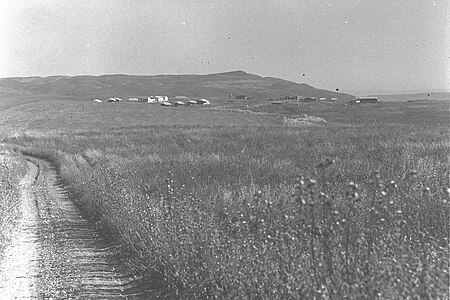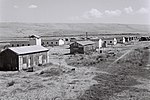Ramat HaShofet
1941 establishments in Mandatory PalestineKibbutz MovementKibbutzimMegiddo Regional CouncilPopulated places established in 1941 ... and 1 more
Populated places in Northern District (Israel)

Ramat HaShofet (Hebrew: רָמַת הַשּׁוֹפֵט, lit. 'The Judge Heights') is a kibbutz in northern Israel. Located in the Menashe Heights, it falls under the jurisdiction of Megiddo Regional Council. In 2021 it had a population of 1,166.
Excerpt from the Wikipedia article Ramat HaShofet (License: CC BY-SA 3.0, Authors, Images).Ramat HaShofet
Megido Regional Council
Geographical coordinates (GPS) Address Nearby Places Show on map
Geographical coordinates (GPS)
| Latitude | Longitude |
|---|---|
| N 32.610833333333 ° | E 35.095 ° |
Address
2069208 Megido Regional Council
North District, Israel
Open on Google Maps










